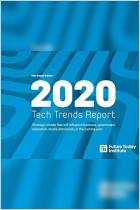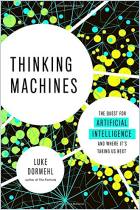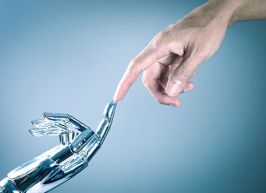Join getAbstract to access the summary!

Join getAbstract to access the summary!
Kate Crawford and Vladan Joler
Anatomy of an AI System
The Amazon Echo As an Anatomical Map of Human Labor, Data and Planetary Resources
Share Lab, 2018
What's inside?
Consumers are often unaware of the scale of resources involved in building and operating AI-powered gadgets.
auto-generated audio
1×
Log in to listen to the audio summary.
auto-generated audio
Recommendation
Professors Kate Crawford and Vladan Joler have created a map that visualizes the many processes that make the Amazon Echo work. In this essay, which accompanies their map, they take you on a fascinating journey outlining the global networks of raw material, human labor and data behind today’s popular gadgets.
Summary
About the Authors
Kate Crawford is a professor at New York University. Vladan Joler is a professor at the Academy of Arts at the University of Novi Sad, Serbia.















Comment on this summary